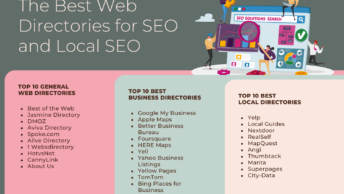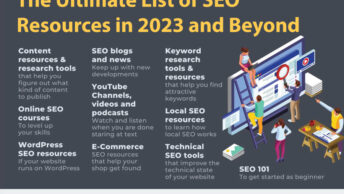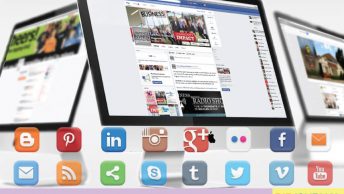Business communication trends – and companies’ willingness to adapt – often determine which competitors succeed and which fall behind.
Communication is a fundamental cornerstone of business success. Efficient team communication and collaboration, on the one hand, can help companies reduce friction losses.
On the other hand, smooth customer communication and support is essential for customer satisfaction. In fact, 96% of customers say it plays a role in whether they stay loyal to a brand.
That’s why it’s crucial to stay on top of the latest business communication trends and get ahead of the curve. Here are five must-follow trends for 2023.
1 – Centralizing Communications to Avoid Friction Losses
To begin with, one of the major business communication trends is to centralize all internal and external communication channels.
Currently, many teams are struggling with having to keep up with a multitude of communication and collaboration solutions. Team members get inundated with a deluge of notifications from various email clients, messaging apps, cloud phone services, collaboration platforms, and specialized software such as CRMs and call center solutions.
Ultimately, this makes it easy to miss messages. Data becomes siloed.
In 2023, alternative solutions such as NextivaONE will dominate. This innovative platform unifies all major communication channels – calls, messaging, email among them – and allows users to create customer-centered threaded cross-channel conversations.
In addition, team members can add personalized notes, share files, have voice and video calls, and use functionalities such as surveys to check up on customer satisfaction. This helps teams avoid siloing, increases customer satisfaction, and streamlines workflows.
2 – Improving the Hybrid Work Experience
The next significant business communication trend in 2023 is the amelioration of the hybrid work experience.
Post-pandemic, many companies have elected to maintain some level of remote work or offer team members hybrid work models, with some time spent in the office. While these models are popular among team members (and highly qualified jobseekers), hybrid work conditions often remain sub-par.
Improving the integration of on-site and remote staff is going to be a major challenge going into the new year. And companies who rise to meet it will gain a considerable advantage in terms of attracting skilled team members.
How to foster social ties between remote and on-site team members? How to manage hybrid meetings to provide an optimal experience to everyone? And how to create workflows that give equal voice to all team members, no matter their location?
These are only some of the questions that businesses will have to answer to improve their hybrid work experience.
3 – Personalizing Brand Interactions on Social Media
Another trend in business communication – this one customer-facing – is related to social media interactions.
With the growing number and volume of brands vying for customers’ attention on platforms such as Instagram and Twitter, businesses have to put extraordinary effort into standing out.
Personalizing interactions with customers is one way of doing so. While it takes work, ingenuity, and a dedicated social media team, personalized brand interaction has a much higher chance of capturing customers’ attention – and going viral.
4 – Creating Immersive Customer Experiences
The metaverse has been a buzzword for years, but especially since Facebook transformed itself into Meta and started investing significantly into this parallel reality.
Many businesses may be understandably reluctant to embrace the metaverse. Especially given the current challenges that Meta itself is facing.
But there are many ways in which businesses can harness augmented and virtual reality to create immersive customer experiences, short of fully migrating to the metaverse.
Providing 3D models of your products, offering VR walkthroughs of your premises, or allowing users to create a virtual representation of their home to see how your products would fit are all possible avenues that can make you stand out in a crowded market.
5 – Leveraging AI and Machine Learning for Communications
Finally, one trend in business communication that can’t be ignored in 2023 is the ascendancy of AI and machine learning.
Natural language processing AI in the form of chatbots or virtual assistants can help lighten your team’s workload. They can easily handle routine interactions such as managing appointments or providing information on shipments. This frees up your team members to deal with more complex interactions and boosts overall customer satisfaction.
Plus, AI can take over tasks such as creating call transcripts, pulling customer records in real-time during a chat, and offering suggestions on how to deal with agitated clients.
Moreover, the analytics capabilities of AI and machine learning algorithm can offer a wealth of insights into business communications. With communication solutions – unified or not – generating numerous terabytes of call transcripts, chat messages, and social media interactions, it becomes impossible for humans to keep an overview of communications workflows.
AI can pick up the slack. It can easily process all available data and identify friction points, team members who are struggling, and avenues towards improving your business communications.
Final Thoughts: Must-Follow 2023 Business Communication Trends
Business communication will be more important than ever in 2023. Adopting the right strategies early on is crucial to stay ahead of the curve.
By assessing the trends above and identifying ways you can harness them for your business is the first step. This will allow you to find new avenues towards leveling up your business communications, streamline internal workflows, and increase customer satisfaction.







